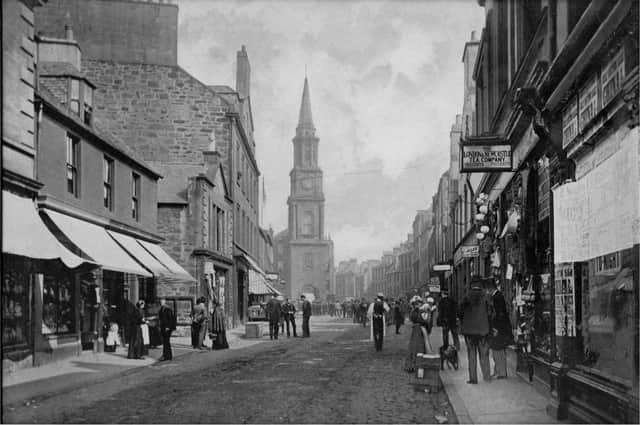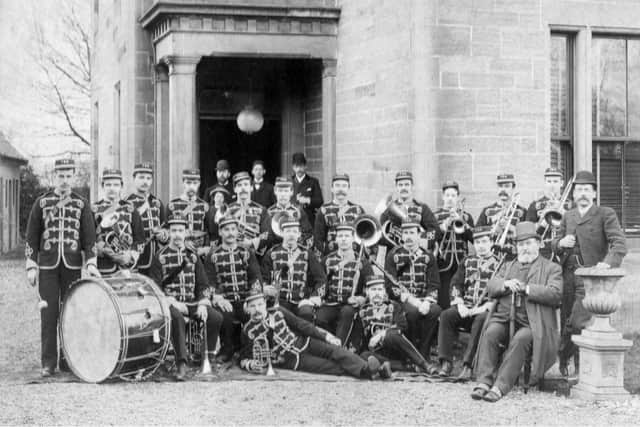Looking back with Ian Scott: Victorians knew how to celebrate New Year


My memory of New Year’s Day is hazy but I think the town was pretty quiet unlike the late Victorian days when the public celebrations continued throughout the holiday. Of course the world then was very different from ours as I found on reading the Herald’s eye-witness accounts. One of the earliest comes from 1870 when “the High Street during the night was somewhat noisy but with the exception of several slight street brawls nothing unusual occurred”. Our observer added that “the badly played melodeon was in evidence as usual and the night was rendered not the less hideous in consequence”.
On New Year’s Day itself “there were a pretty large number of inebriates strolling about”. The Falkirk Burgh Band resplendent in their handsome uniforms marched from the Burgh Buildings to the Steeple at 10am to entertain the crowds and across the district the great and the good performed annual acts of charity for the benefit of the ‘poor’ of whom there were an astonishing number. In 1897 for example the Town Hall was the venue for a breakfast for over 700 poor children who were given “a large meat pie, cups of coffee and fancy bread and cake” before listening to speeches from Provost Weir, several councillors and ministers urging them to work hard, stay away from the demon drink and so grow into decent citizens.
Advertisement
Hide AdAdvertisement
Hide AdChilling to think that many would be in the Flanders trenches or the graveyard within a few short years. There was usually a similar event in the Poor’s House in Cow Wynd where “tea, a fourpenny pie and a bag of pastry” were on offer to the inmates along with entertainment like magic lantern shows, lectures and hymns galore. The Ragged School in Kerse Lane where orphaned street children were housed and given work to do, and the Charity School in the Pleasance celebrated in similar fashion.


With the foundries closed many folk took the chance of visiting Glasgow or Edinburgh. But with many more staying at home there was a fear that idle hands might cause mischief so every effort was made to “provide the working classes with healthy amusement during the holiday”. Most years the Temperance Federation opened the Odd Fellows Hall in Grahamston as an entertainment centre offering games like bagatelle, carpet bowls, draughts, dominoes, ludo and quoits along with the very popular "summer ice”, whatever that was. Amazingly, in most years, over 1500 people turned up during the three days. Over in the Town Mission the public were invited to hear a choir of 40 children sing a cantata called Won for a Child and the next night listen to Mr David Kay lecture on Lord Kitchener’s campaign in the Sudan!
These days I pass the midnight hour with a cup of tea and a mince pie. Happy New Year!
Comment Guidelines
National World encourages reader discussion on our stories. User feedback, insights and back-and-forth exchanges add a rich layer of context to reporting. Please review our Community Guidelines before commenting.